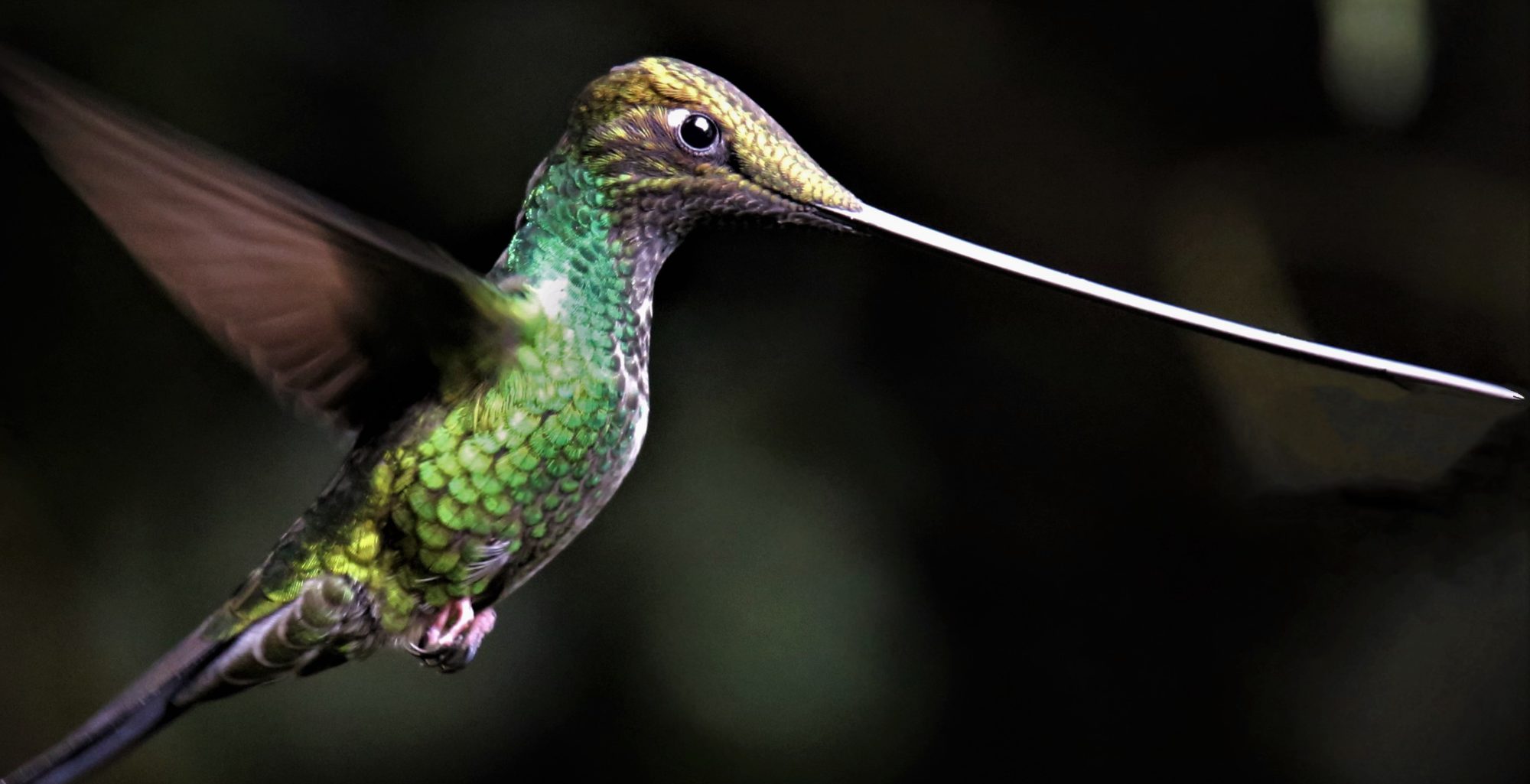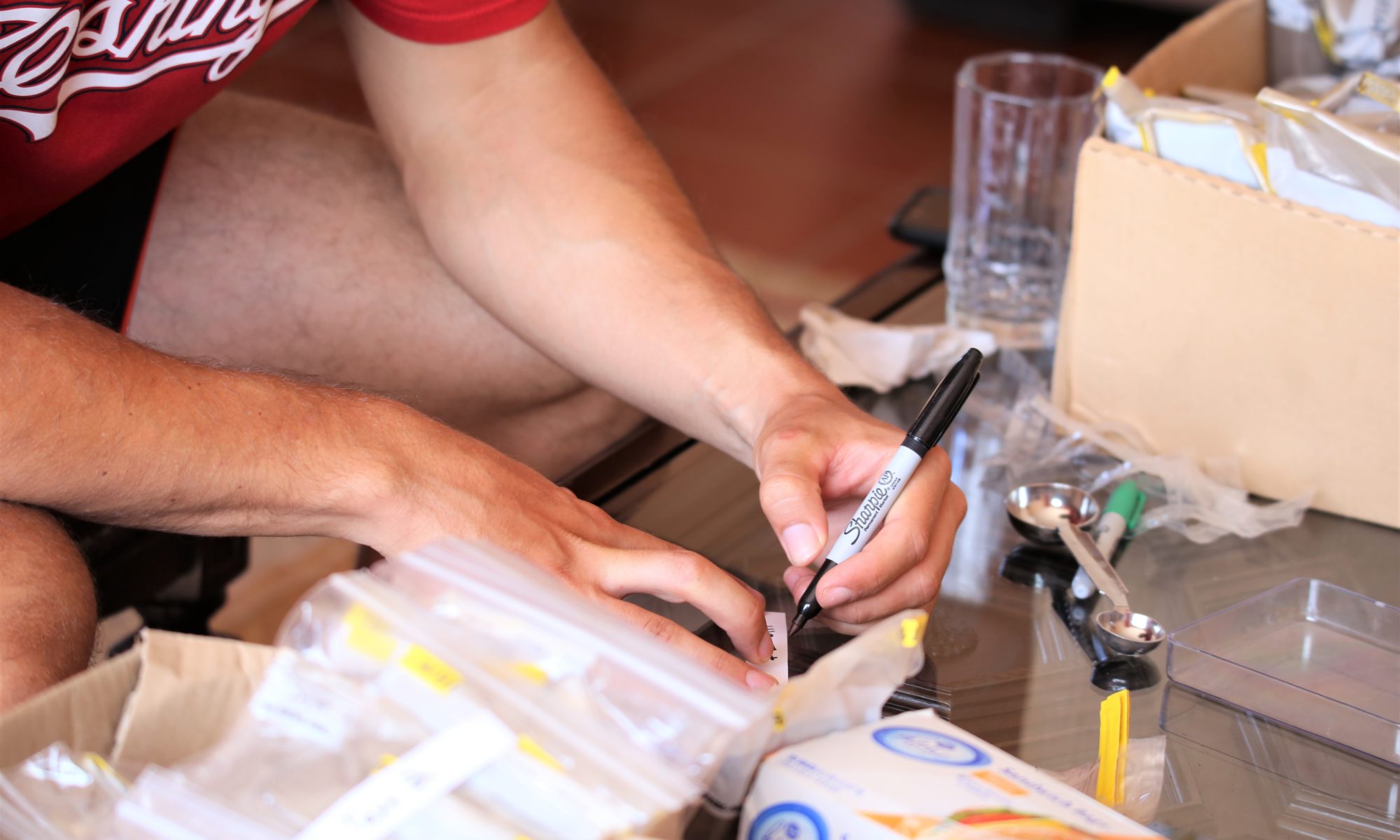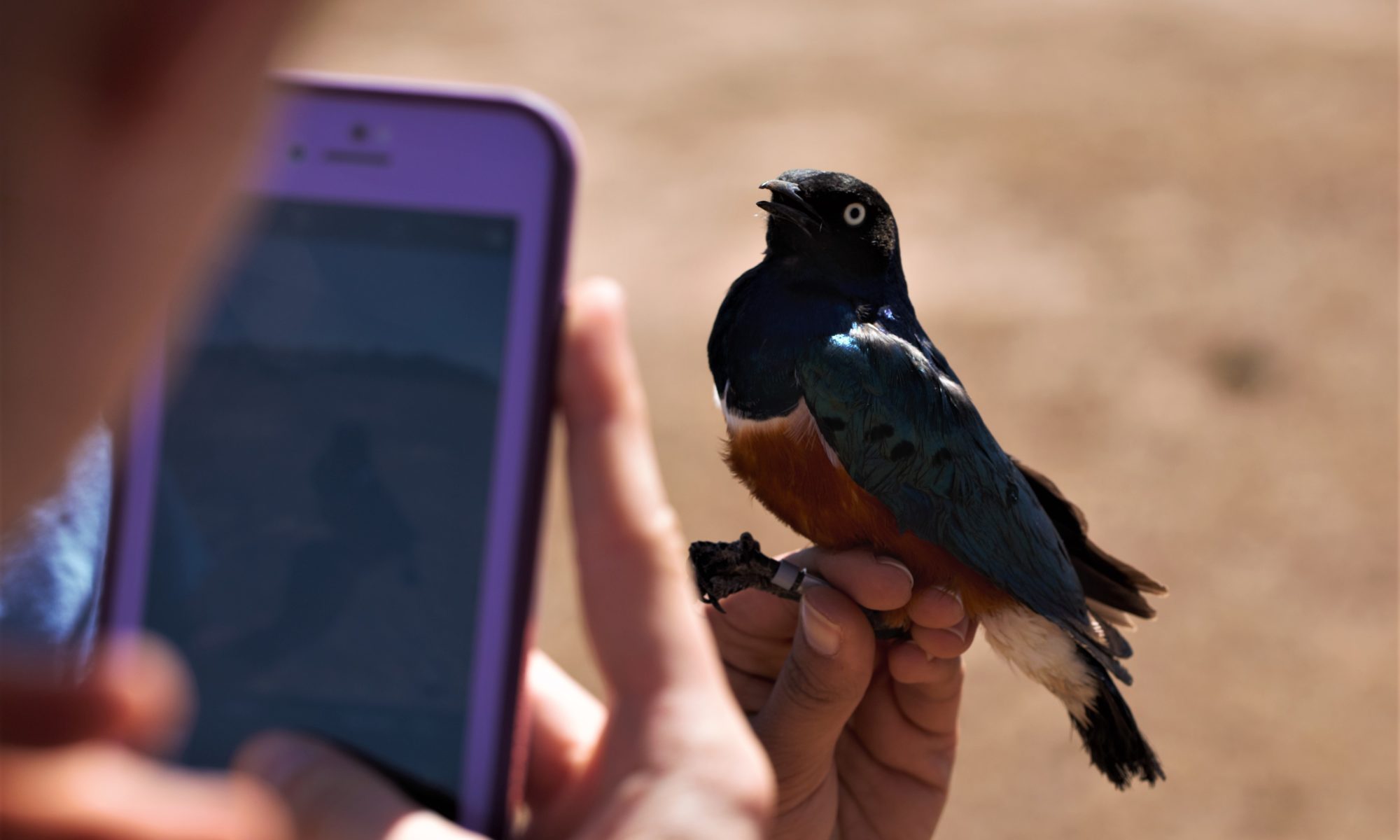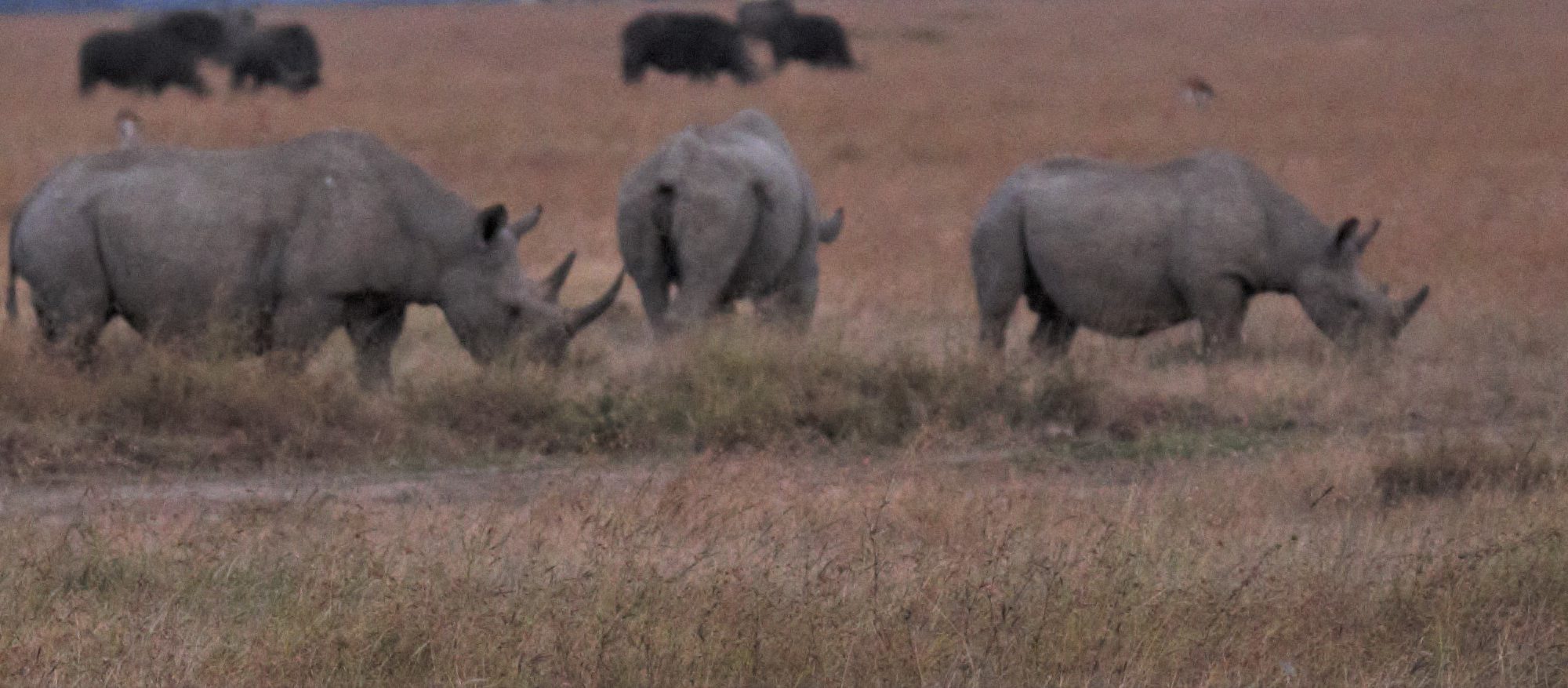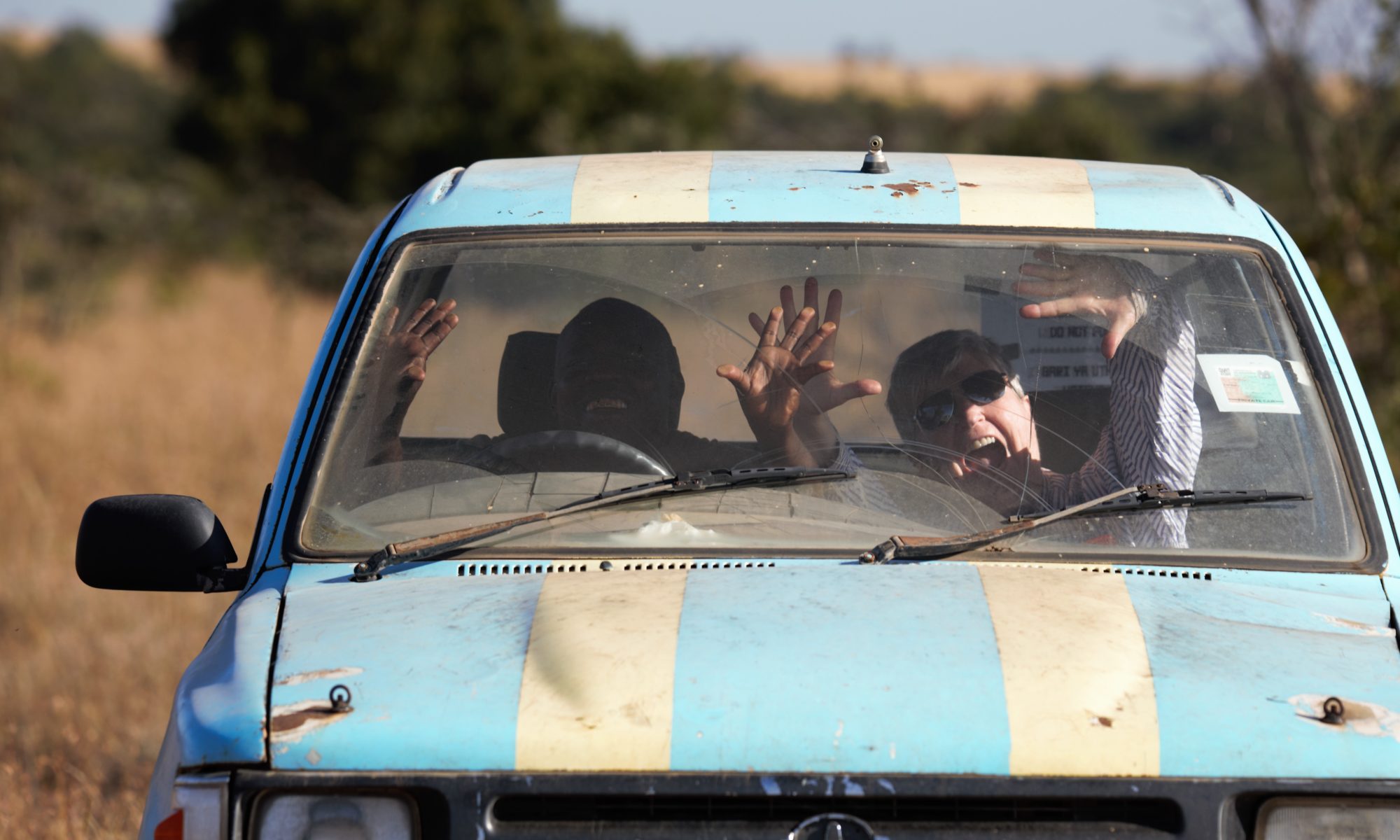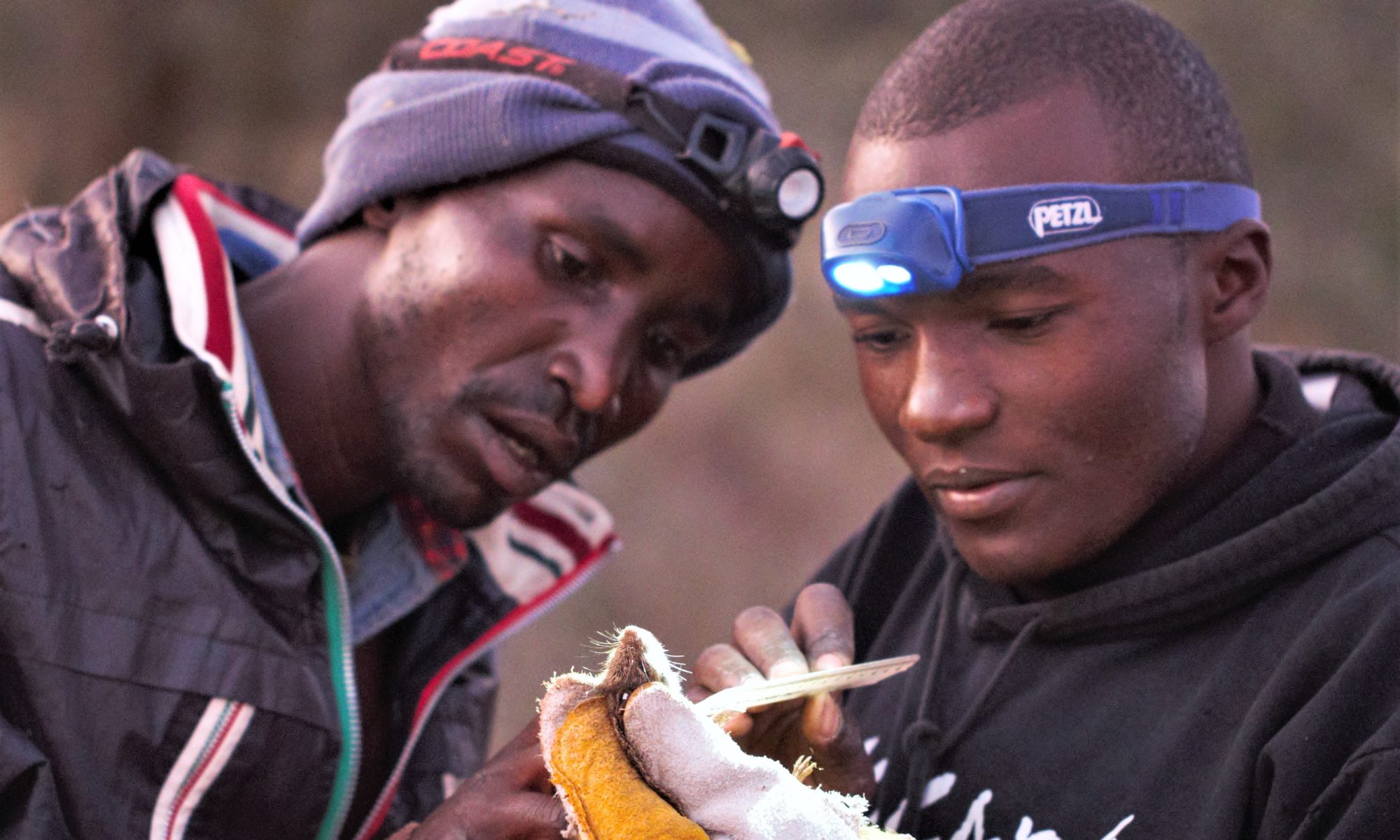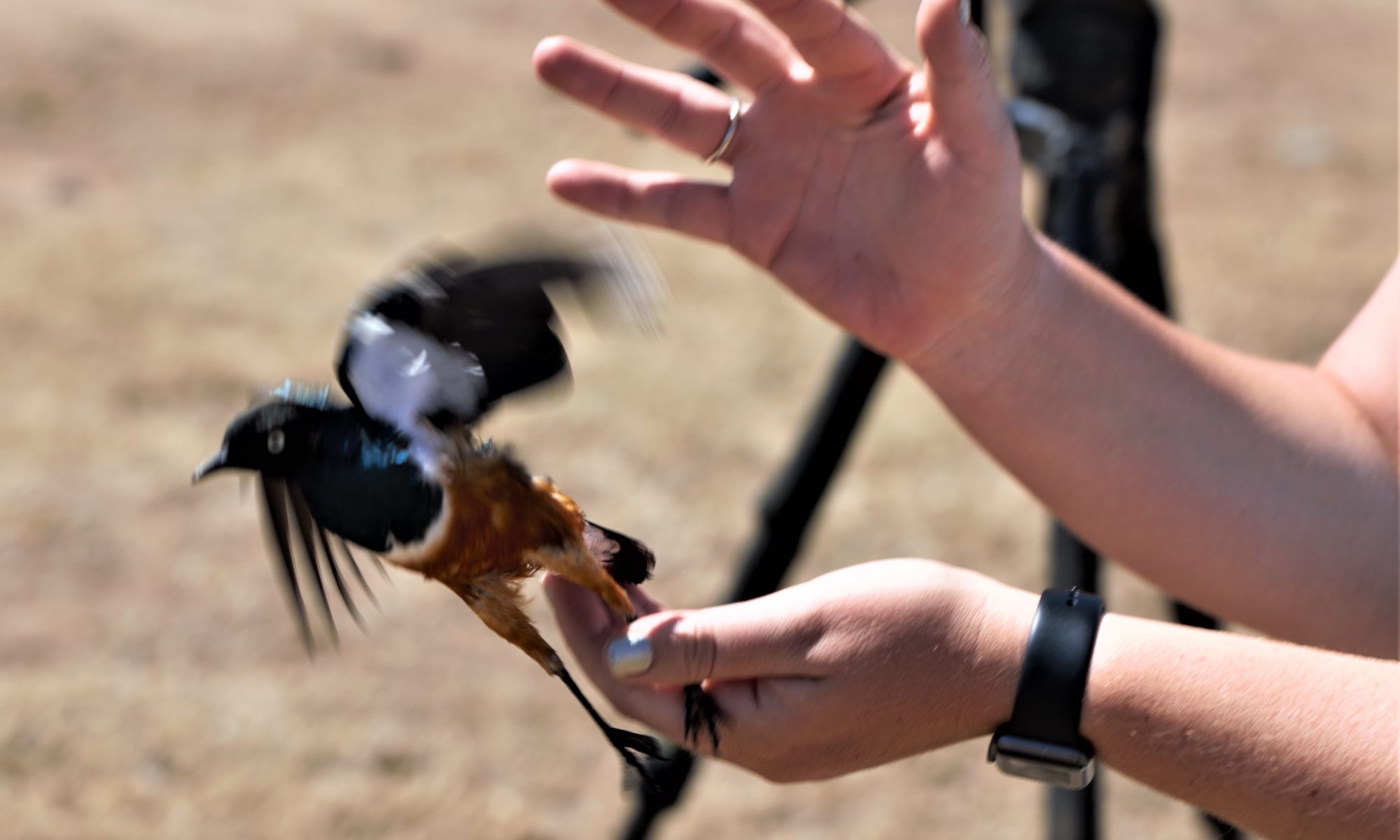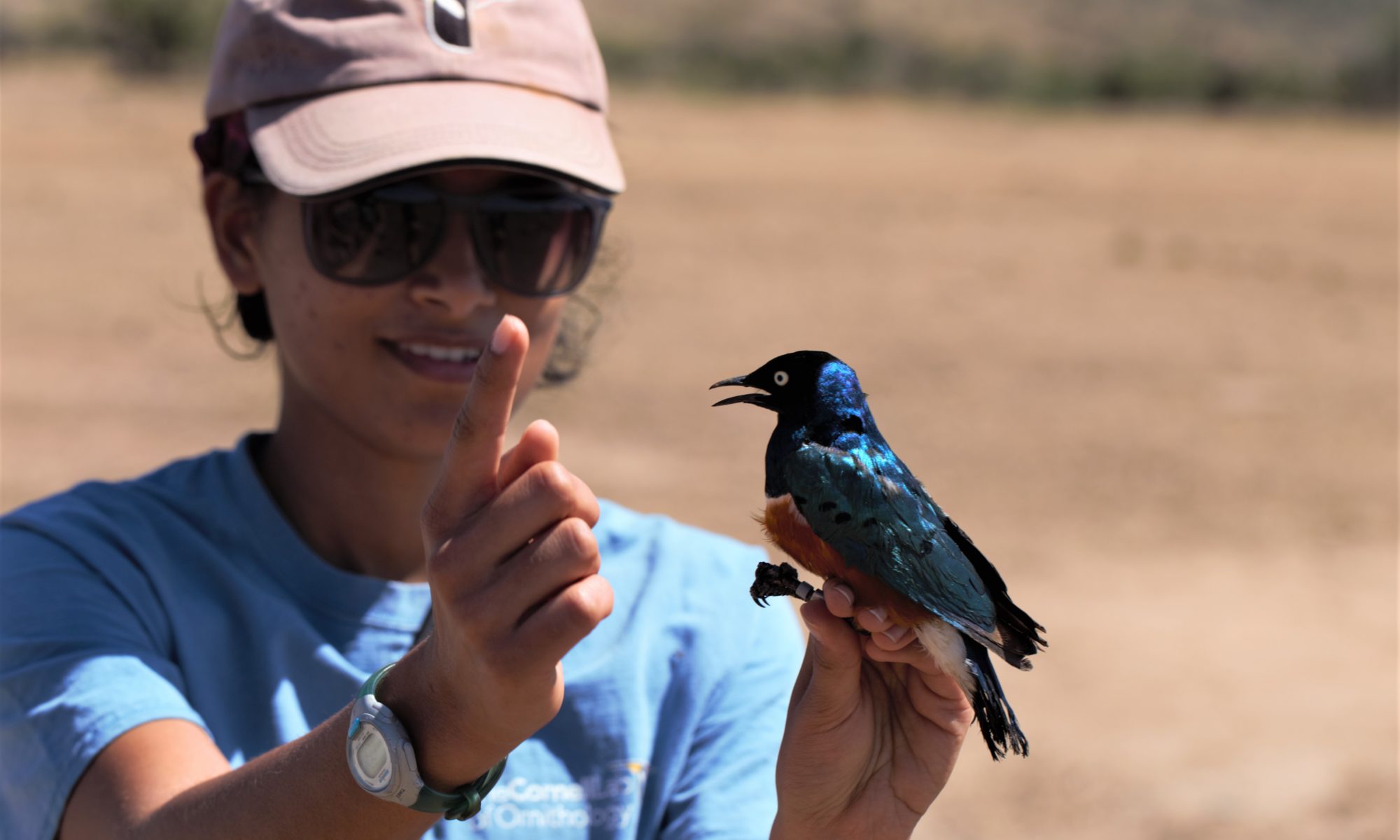Trevor Bloom is a phenology scientist who currently works for The Nature Conservancy in Jackson, Wyoming. Phenology is the study of periodic plant and animal cycles in nature. He also works part time as a guide in the Tetons and Yellowstone. Monica Robinson is his friend who also works as a guide in the Jackson, Yellowstone area. She has a special interest in moose and is looking into going to graduate school to study the effects of climate change on moose distribution and parasite loads. I met both of them while they were helping at Ol Pejeta as volunteers on the BHA project. Monica and I sat next to each other for hours weighing soil samples and talking with my nephew, Scott, on a variety of topics, while Trevor, a friend and associate of Dr. Corinna, worked in the field and with the kids on the documentary. Trevor and Monica are both passionate about nature and love passing on their enthusiasm to both young and old.
Wyoming is one of my favorite states in the U.S. in the summertime. I qualify this because I have never been there in any other season so far. Maybe it will happen, since I am now retired from teaching. If I can get my 1993 Volkswagen Westfalia Camper Van back in good working order, it will be high on my list of things to do. Wyoming is beautiful and the people who live in Wyoming year round are in general, a little tougher, more independent, and straight-talking than the east-coasters I typically associate with. That brings me to the story Monica wants me to tell.
One afternoon, after a hard day in the field, Scott and Jackson, a field assistant on the project, encountered a lioness close enough to the house that Scott called us at the house thinking Monica, Trevor, and I could bring Dr. Corinna’s children to see the lioness. There was only one vehicle available, a small Toyota pickup truck; so we quickly got our cameras and squeezed the two boys up front. There was not enough room for all of us to be in the cab, so without hesitation, Trevor asked Monica to hop in the back. She did. When we arrived, the lioness was lying down next to the watering hole with water still dripping from her chin. The vehicle Scott and Jackson were using, a bright orange Land Rover, was only a few feet from the lioness. Trevor, wanting to get the kids in position to have a good view pulled up next to her, with Monica still in the open back of the pickup making eye contact with the lioness. Scott saw that Monica was looking a bit uneasy, especially when Trevor asked her to pass his camera up to him from the back; Monica probably fearing that her movement would call attention to her vulnerable position. So as soon as we snapped a few photos, Scott positioned the Land Rover between the lioness and the pickup, and Monica quickly but gracefully transferred into the closed cabin of the Land Rover. The lioness, looking a bit irritated by the commotion, got up and moved to the shade of the brush. No problem, right? Just a story that will likely be told over and over again.
A while back, Trevor Bloom produced this short video available on YouTube. Click here to watch and see what you can do to make a difference.
